Alcohol-Impaired Driving: Countermeasures and Safety Recommendations
The National Transportation Safety Board (NTSB) has long been concerned about alcohol-impaired driving, which accounts for approximately one-third of all U.S. highway fatalities. In the past several decades, awareness of the dangers of alcohol-impaired driving has increased. Public and private entities focusing on this safety issue have changed social perceptions concerning alcohol-impaired driving; they have also achieved important legislative actions to help reduce it. Due to these efforts, the number of lives lost annually in alcohol-impaired-driver-related crashes declined 53 percent, from 21,113 in 1982 to 9,878 in 2011; and the percentage of highway fatalities resulting from alcohol-involved crashes is down from 48 percent in 1982 to about 31 percent today. In recent years, however, U.S. success in addressing this safety issue has plateaued. This book describes the scope of the impaired driving problem; summarizes the efforts of advocacy groups, researchers, law enforcement agencies, traffic safety groups, public health organizations, legislators, and motor vehicle agencies, as well as federal, state, and local governments, to reduce the number of crashes, injuries, and fatalities; examines the effect of alcohol consumption on an individual’s ability to operate a motor vehicle and on the risk of being involved in a crash; and evaluates the effectiveness of current and emerging alcohol-impaired driving countermeasures and identifies new approaches and actions needed to reduce and ultimately eliminate alcohol-impaired driving.
{{comment.content}}
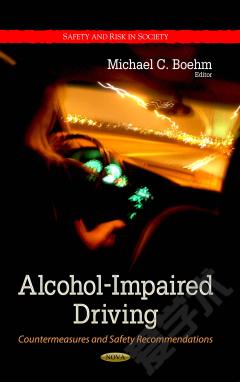
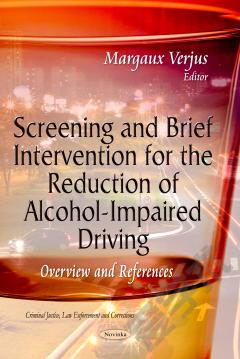
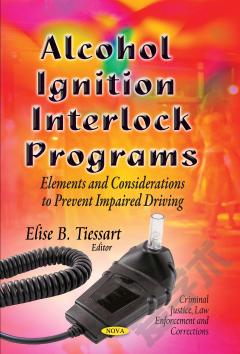
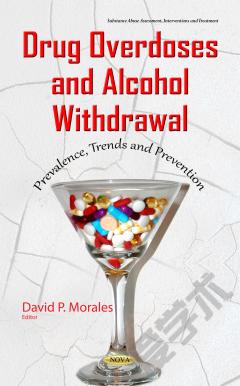
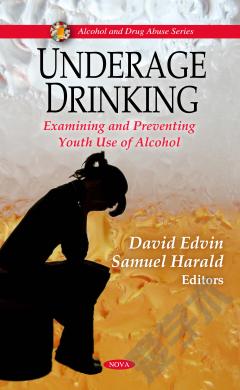

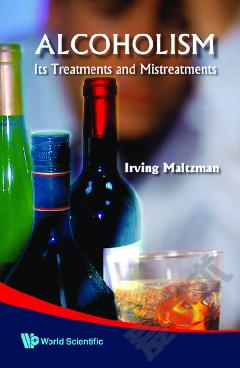

 京公网安备 11010802027623号
京公网安备 11010802027623号